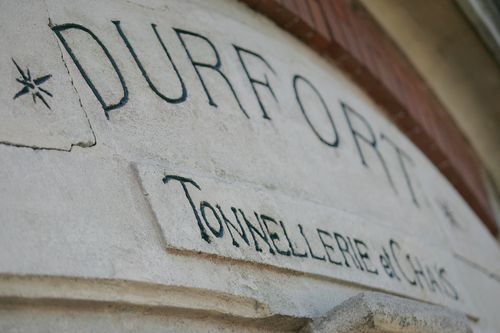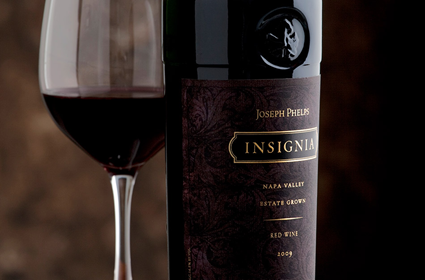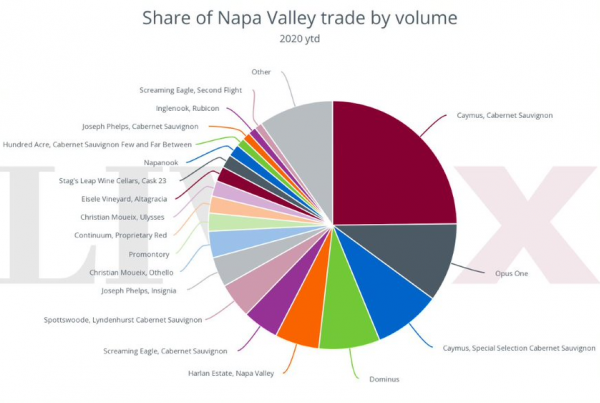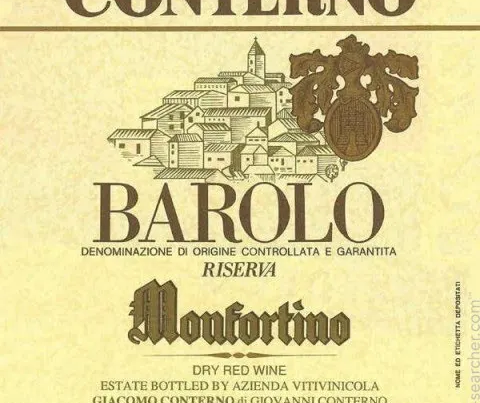Owner: The Lurton family
Appellation: Margaux
Vineyard area: 32 hectares
Standard blend: 70% Cabernet Sauvignon, 26% Merlot and 4% Cabernet Franc
Other wines: Segond de Durfort, Relais de Durfort and Vivens Rouge
History
An estate of mediaeval descent, Durfort Vivens owes its name to its former proprietors. From the 12th to the early 19th century, the vines were owned by the influential Durfort dynasty – a family of dukes, earls and marshals of France. By the late 1700s, Durfort (as it was originally known) was one of Margaux’s most distinguished exports, with Thomas Jefferson claiming that it was rivalled only by Lafite, Latour and Durfort’s immediate neighbour, Chateau Margaux.
The Viscount of Vivens bought the estate in 1824 and appended his name to the chateau label. With his backing, Durfort Vivens’ reputation continued to flourish, so much so that the 1844 vintage is said to have commanded some of the highest prices in all of Margaux. Unsurprisingly, then, the estate was classified as a Second Growth in 1855, along with five other Margaux properties.
The 20th century brought with it a period of upheaval and decline, as ownership drifted between several businesses. In 1937, however, the company behind Chateau Margaux (owned largely by the Lurton family) purchased the property. Lucien Lurton took the reins in 1961 and was succeeded by his son Gonzague in 1992.
The 2010 vintage
The 2010 is arguably the chateau’s most superlative effort of the past decade. Both James Suckling and James Molesworth (of the Wine Spectator) awarded the wine strong scores of 91-92 points and 90-93 points respectively.
Having earned the approval of the critics, the latest offering was released at a 30 per cent premium to ’09 opening prices (€31.8 p/b ex-negociant vs. €24.5 p/b) – a reflection, perhaps, of the estate’s renewed confidence in its status as a Second Growth.
Market Trends
Like the majority of Margaux’s Crus Classes, Durfort Vivens no longer commands the same level of demand as it did in its heyday. In fact, it is currently the cheapest Second Growth on the market, along with Rauzan Gassies. As a result, it was demoted to Fifth-Growth status in the 2011 edition of the Liv-ex Classification (which recreated the 1855 Classification by ranking chateaux based purely on priced).
Given Asia’s taste for Left-Bank Classed Growths, the Second Growth clearly offers some interesting buying opportunities to those who favour brand power over Parker score. What’s more, the general broadening of the market that we have seen since late last year appears to have had a positive effect on a number of recent vintages, with the ’07 and the ’08 both increasing in value by more than 60 per cent in the last six months alone. That said, top-scoring wines, such as the ’09 and the ’05, are still available at under £300 per case. And with the 2000 changing hands at the same price as the 2010 – despite its superior bottle age and similar Wine Spectator score – the vintage is certainly one to watch.
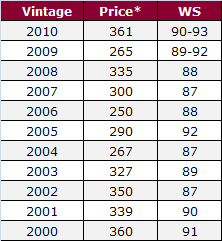
*Lowest current list price for in-bond stock (12x75cl)
Scores from Winespectator.com

